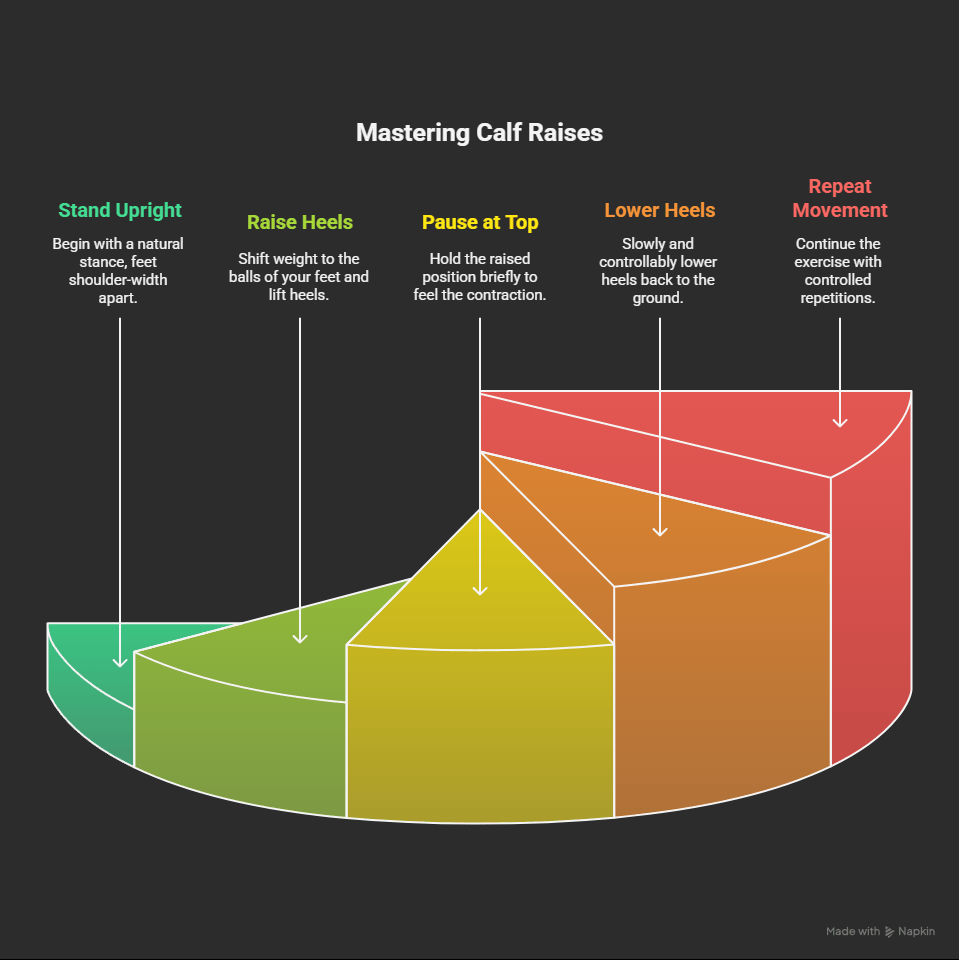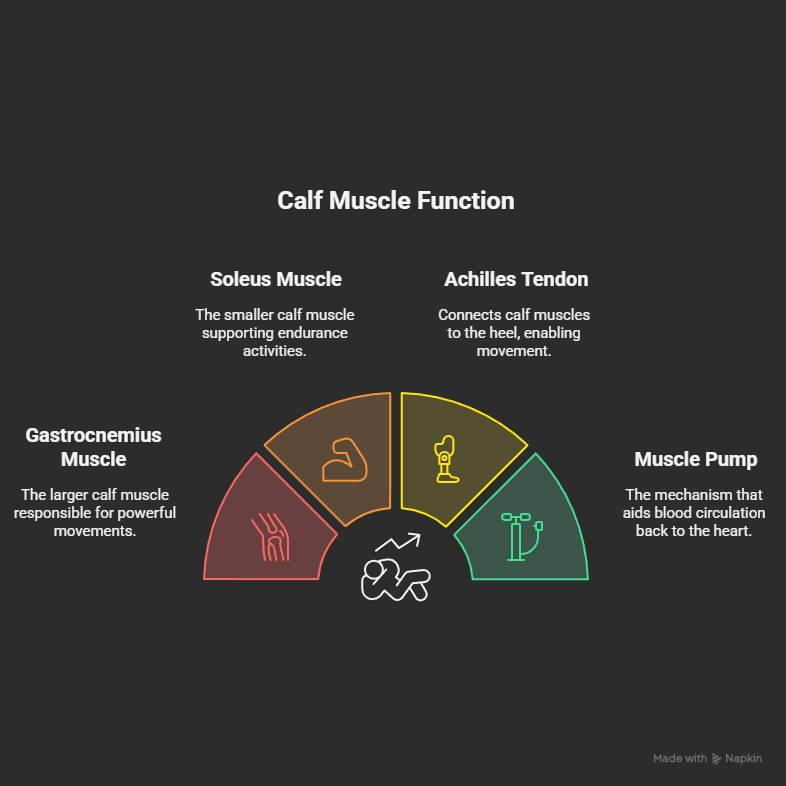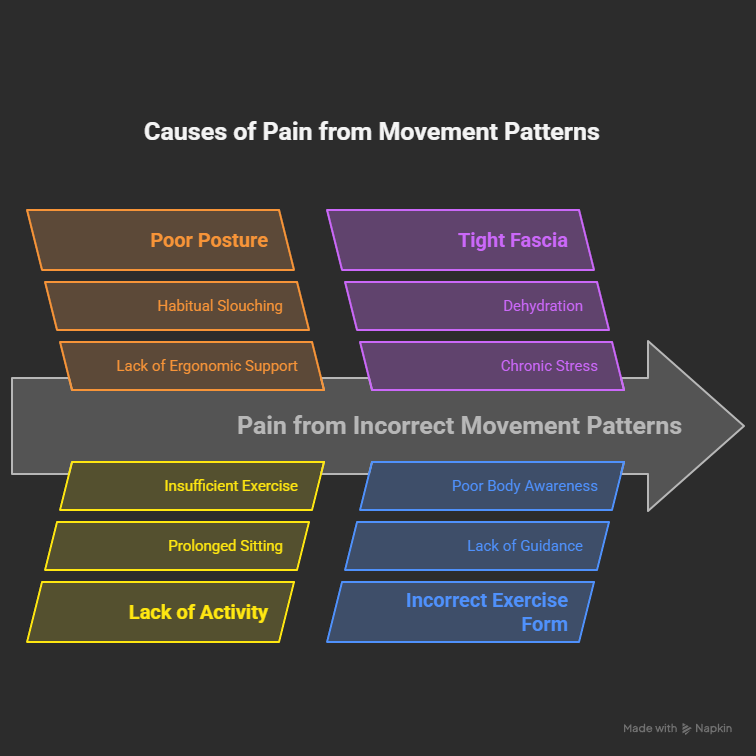Hello everyone, I am your massage therapist. In my many years of professional experience, I have come to deeply understand that a 'Happy Healthy Life' is not unattainable, but rather a positive state of mind and body that can be achieved through consistent, small daily efforts.It goes beyond merely being free from illness and pain; it signifies a mind and body full of vitality, in harmonious balance, and possessing the resilience to face life's challenges. On this journey, 'prevention' is our first line of defense. We shouldn't wait until pain comes knocking to seek help; instead, we must learn to listen to our bodies and proactively cultivate good habits.
Many people often lament that their lives are too busy, making it difficult to set aside a dedicated block of time for exercise. But have you ever considered that those fragmented moments spent waiting – for the bus, the elevator, or the photocopier – can be transformed into 'golden moments' for your health?True health practices are often found in these small, sustainable actions. Today, I want to share a simple yet extremely effective exercise – heel raises (提踵運動, Tí Zhǒng Yùndòng) – as our starting point for embarking on a 'Happy Healthy Life.' Let's explore together how to integrate health into our daily routines and effortlessly bid farewell to aches, pains, and stress.
Health Magic for Your Spare Moments: The Heel Raise Exercise
The heel raise exercise is simply the action of lifting your heels. It's simple, easy to perform, can be done almost anywhere, and requires no equipment. You can do it while waiting for transportation, standing in line, or even during TV commercial breaks, discreetly boosting your health.This seemingly unremarkable exercise is a secret weapon for maintaining lower limb health for modern individuals who often sit or stand for prolonged periods. Its underlying health benefits should not be underestimated; it can effectively invigorate your legs and is an indispensable health partner for you.
So, how do you perform it correctly?First, stand naturally upright with your feet shoulder-width apart and flat on the ground. Next, shift your weight to the balls of your feet and slowly raise your heels as high as you comfortably can, feeling the contraction in your calf muscles. After a brief pause at the top, slowly and controllably lower your heels back down. Repeat the movement. If you're a beginner and concerned about balance, you can lightly hold onto a wall or a sturdy chair for support. Remember, the quality of the movement is far more important than the number of repetitions. Be sure to maintain a full and slow range of motion throughout.

The Scientific Benefits of Heel Raise Exercises
Heel raise exercises primarily train the gastrocnemius and soleus muscles of the calf, as well as the Achilles tendon. Strong calf muscles not only support us in walking, running, and jumping, but are also crucial for promoting blood return from the lower limbs.When the calf muscles contract, they act like a powerful 'muscle pump' – often hailed as the body's 'second heart' – effectively pushing venous blood back towards the heart. This mechanism is crucial for improving blood circulation and preventing blood pooling, which can significantly reduce swelling in the lower limbs.

Consistently performing heel raise exercises can bring even more benefits. Good circulation in the lower limbs helps prevent issues such as varicose veins. At the same time, strengthening the calf muscles can significantly enhance the strength and stability of your ankle joints, thereby reducing the risk of sprains.If performed through a full range of motion, it can also effectively improve ankle flexibility. Therefore, don't underestimate this simple exercise; it's a convenient way to activate lower limb health and boost your overall vitality.
Small Habits, Big Health: The Cornerstone of a 'Happy Healthy Life'
The essence of a 'Happy Healthy Life' lies in integrating health concepts into every small daily habit. Like water dripping through stone, these seemingly insignificant actions, when practiced consistently, will yield cumulative positive effects far beyond imagination.Heel raise exercises are an excellent example: perform a few sets daily in your spare moments, and over time, your calves will grow stronger, your circulation will improve, and your ankles will become more stable. This kind of transformation is precisely the charm of a 'Happy Healthy Life'.
'Prevention is better than cure' is the core of a 'Happy Healthy Life.' We should adopt a proactive stance, rather than only reacting passively when our body sends out warning signals. Many common modern-day aches and pains stem from the long-term neglect of minor imbalances.For example, poor circulation caused by prolonged sitting, if not addressed through activities like heel raises, can lead to more serious problems over time. Therefore, cultivating these good habits is like adding bricks and tiles to build your own 'Great Wall of health.'
Much pain originates from the body's inability to maintain correct movement patterns. When fascia becomes tight due to poor posture or lack of activity, it affects muscles and joints, ultimately leading to pain. Therefore, even with a simple exercise like heel raises, it's important to focus on correct form and body awareness.The conveniences of modern life often lead us towards a sedentary lifestyle. Consciously introducing small habits, such as heel raise exercises, is precisely about breaking that inertia and actively forging a path to better health.

A Massage Therapist's 'Happy Healthy Life' Prescription
As a massage therapist, I am keenly aware that the human body possesses immense self-healing potential. Through professional massage, combined with ergonomic adjustments and regular stretching, we can effectively unleash this potential and move towards a healthier 'Happy Healthy Life'.Massage is not merely about relaxation; it is also a therapeutic intervention for mind-body imbalances. It can lower stress hormones and boost 'happy hormones,' significantly improving mood – this is precisely the embodiment of '樂' (Lè - happiness/joy).
Massage has direct effects on relieving muscle tension, stiffness, and pain. Through professional application, it can improve muscle elasticity, promote circulation, accelerate the removal of metabolic waste, and deliver nutrients to tissues.For deep fascial tightness and tissue adhesions, specific massage techniques like deep tissue massage or myofascial release can effectively release restrictions, restoring smooth bodily function. These are powerful tools for addressing chronic pain and restricted movement.
In clinical practice, I flexibly apply various techniques according to the individual needs of each case. Deep tissue massage can reach the root of chronic pain; trigger point therapy focuses on releasing points that cause referred pain; sports massage aids in injury prevention and recovery; while lymphatic drainage can improve edema (swelling).This individualized approach is precisely the integration of the art and science of massage therapy, aimed at providing you with the most effective assistance.
The Wisdom of Everyday Ergonomics and the Vitality of Stretching
Much shoulder and neck discomfort, as well as lower back pain, are actually closely related to poor daily posture. 'Tech neck' and office slouching both place continuous stress on the body. Mastering and applying ergonomic knowledge is key to prevention.Ensure your desk and chair height are appropriate, your screen is at eye level, and your keyboard and mouse are positioned directly in front of you. Choosing a chair with good lumbar support, getting up to move regularly, and stretching every 30 to 60 minutes are important steps to protect your body.
Stretching exercises are an excellent way to maintain body flexibility, increase joint range of motion, and reduce muscle tension. They not only aid in post-exercise recovery but are also an integral part of daily health maintenance.There are various types of stretching, from static stretching to dynamic stretching, each with its own benefits. Professional PNF (Proprioceptive Neuromuscular Facilitation) techniques, which utilize neuromuscular reflex mechanisms, can more effectively relax entire muscles and are even more beneficial when performed under the guidance of a therapist.
Integrating a 'Happy Healthy Life' into Your Daily Routine: Little by Little, Achieving Health
The core of a 'Happy Healthy Life' lies in proactive and consistent self-care, built upon small daily habits. Even a simple exercise like heel raises can bring substantial benefits. Making good use of these 'micro-moments' embodies the health wisdom of how small efforts accumulate to achieve significant results.I encourage you to start today by trying one or two simple strategies – perhaps heel raises, or maybe some stretching.
Striving for perfection isn't the goal; consistency is the key. Small actions are better than indecision. Please learn to listen to your body's signals – pain, discomfort, and fatigue are all valuable feedback. If pain persists or you have any concerns, be sure to seek professional advice.A 'Happy Healthy Life' is a personalized journey, and massage therapy can be your trusted partner, helping you with maintenance, addressing pain, and relieving stress. May we all grasp the keys to health and enjoy this journey.
